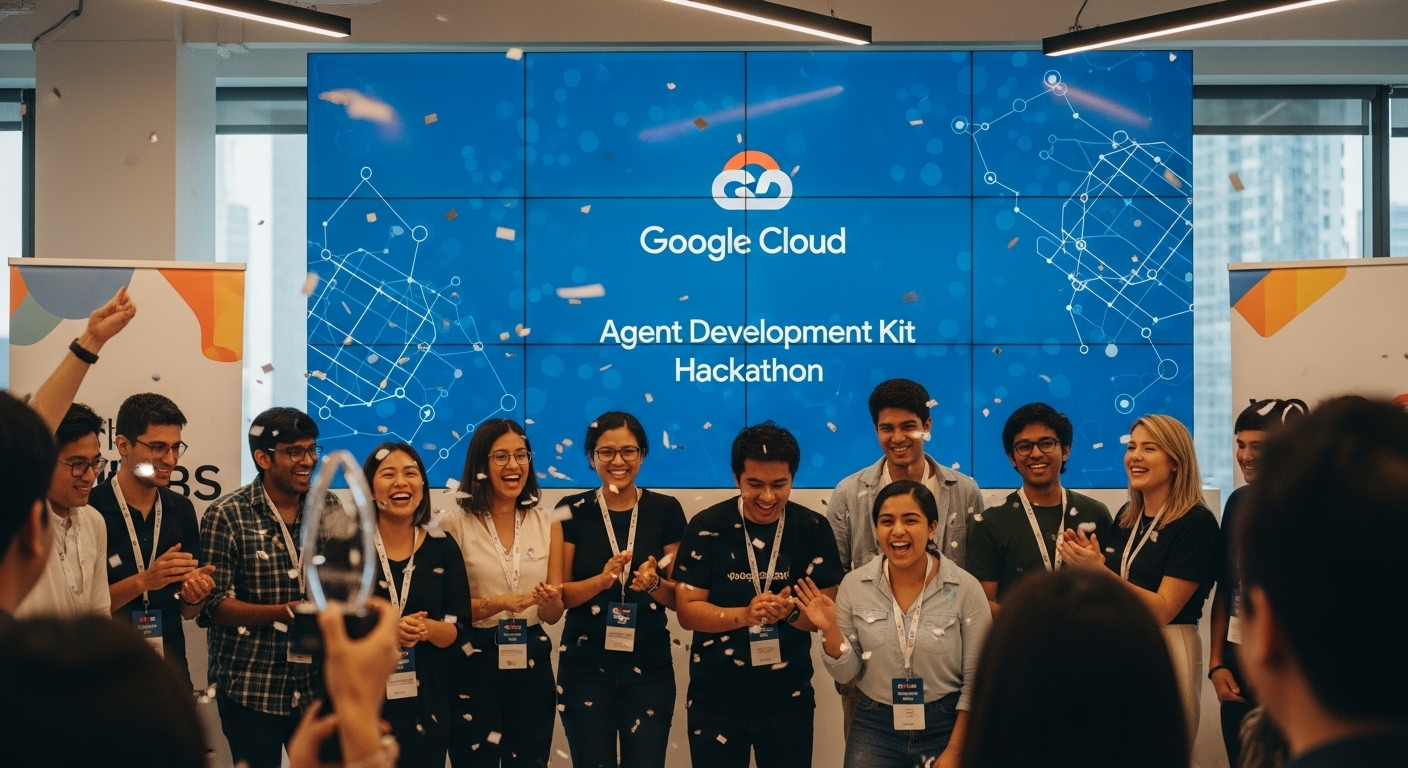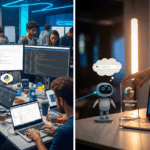Tata Steel Forges Ahead: A Digital Revolution in Steelmaking
In an era demanding both sustainability and efficiency, Tata Steel is undergoing a significant transformation, setting a new standard for the global steel industry. Partnering with Google Cloud, the company is leveraging the power of data and digital technologies to optimize operations, reduce downtime, and pave the way for a more sustainable future. This initiative promises to reshape the way steel is made, offering a compelling case study for other heavy industries.
Why Digital Transformation Matters in Steel
The steel industry is facing unprecedented pressure. Demand for high-performance, innovative steels is rising, while the need to minimize environmental impact and streamline production processes is more critical than ever. Consider the use of thermally sprayed components, for instance. These components enhance performance but often present complex maintenance challenges. Identifying and addressing potential issues quickly is key. This is where the power of data analytics comes into play.
“We recognized early on that digital transformation was not just an option, but a necessity for our future competitiveness,” says a Tata Steel spokesperson. “Our collaboration with Google Cloud is enabling us to unlock unprecedented insights into our operations.”
Data-Driven Insights: The Engine of Change
At the heart of Tata Steel’s initiative lies a focus on predictive maintenance. Imagine a network of sensors and IoT devices constantly feeding real-time data into the cloud. This data, encompassing factors like temperature, vibration, and energy consumption, is analyzed using advanced machine learning algorithms. This allows Tata Steel to anticipate equipment failures before they occur.
The early results are promising. Tata Steel has already achieved a 15% reduction in unplanned outages across several key facilities. Furthermore, by using Google Cloud’s machine learning capabilities, the company is optimizing production schedules and resource allocation, resulting in an estimated 5% increase in overall efficiency.
Concrete Examples: Transforming Steelmaking Processes
This digital transformation extends beyond predictive maintenance. For example:
- Blast Furnace Optimization: Real-time monitoring and analysis of blast furnace data allows for adjustments to the process, improving efficiency and reducing emissions.
- Quality Control: Machine learning algorithms analyze data from various stages of production to identify and address quality issues proactively.
- Energy Management: Data-driven insights help optimize energy consumption across the plant, contributing to significant cost savings and reduced environmental footprint.
Sustainability at the Forefront
Sustainability is a core tenet of Tata Steel’s strategy. By leveraging data-driven insights, the company is actively working to minimize its environmental impact. This includes reducing energy waste, optimizing resource utilization, and lowering emissions. The integration of cloud-based dashboards provides real-time alerts on potential issues, integrating seamlessly with existing systems. This approach is crucial for compliance with increasingly stringent environmental regulations.
What This Means for the Industry
Industry experts are closely monitoring Tata Steel’s progress, viewing it as a potential blueprint for other heavy industries. The ability to anticipate and prevent equipment failures translates directly into increased production, reduced costs, and improved safety. The use of a hybrid deep learning model, for example, could soon allow for real-time slag flow monitoring, further improving process efficiency.
“Tata Steel’s approach highlights the transformative potential of cloud-based technologies in the industrial sector,” says [Quote from Google Cloud representative], “[their] commitment to innovation and sustainability is truly inspiring.”
The Bottom Line
While challenges such as data security and integration costs remain, Tata Steel’s unwavering focus on data-driven insights, predictive maintenance, and sustainable practices has positioned them for continued success. By embracing digital transformation, Tata Steel is not just improving its own operations; it is setting a new standard for the future of steelmaking, proving that efficiency, sustainability, and innovation can go hand in hand. This is a smart move, and one that other companies would be wise to emulate.

